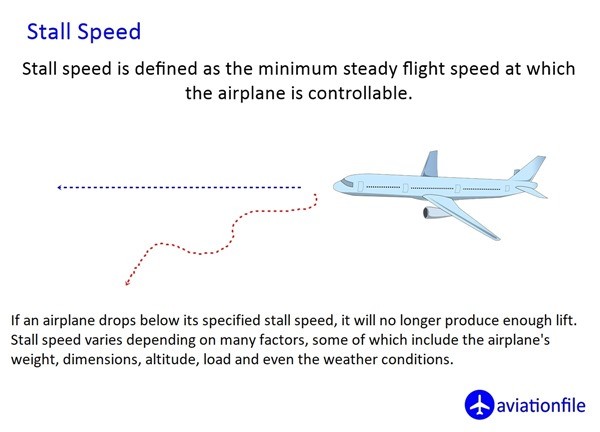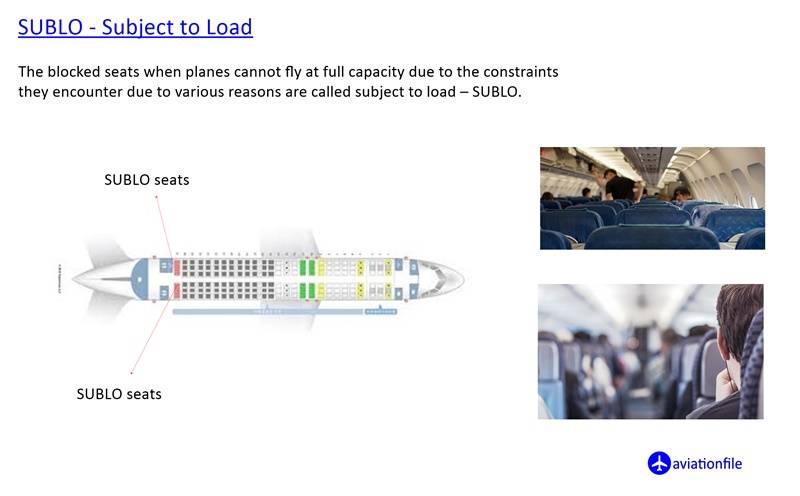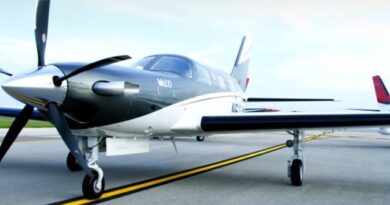Understanding the Flight Envelope
The flight envelope in aviation refers to the limits within which an aircraft can operate safely and efficiently. It is defined by various parameters such as altitude, airspeed, load factor, and temperature. Understanding the flight envelope is essential for pilots and aircraft designers to ensure the safety and optimal performance of an aircraft. In this article, we will discuss the different parameters that define the flight envelope and their significance.
What is the Flight Envelope?
The flight envelope refers to the combination of limits in four key areas:
- Airspeed: Maximum and minimum airspeeds an aircraft can handle without risking stalling or structural damage.
- Altitude: Maximum altitude (operational ceiling) beyond which the aircraft can no longer maintain level flight.
- Load Factor: The maximum stress (or G-forces) that the aircraft structure can withstand during maneuvers.
- Temperature: The operational temperature range where systems and materials perform reliably without overheating or freezing.
These boundaries form a multidimensional map that defines the aircraft’s safe operational space. Crossing any of these limits can result in significant hazards, including a loss of control, engine failure, or structural damage.

Altitude Limits
Altitude limits of an aircraft are determined by its maximum operating altitude (MOA) and its service ceiling. The MOA is the highest altitude at which an aircraft can maintain level flight, while the service ceiling is the highest altitude at which an aircraft can climb at a given rate. The altitude limits are influenced by various factors, such as engine performance, air density, and oxygen availability. Pilots need to be aware of the altitude limits to avoid flying too high or too low, which could result in stalling or engine failure.
Airspeed Limits
Airspeed limits of an aircraft are defined by its maximum and minimum airspeed. The maximum airspeed is the speed beyond which the aircraft may experience structural damage or lose control, while the minimum airspeed is the speed below which the aircraft may stall. The airspeed limits are influenced by various factors such as weight, altitude, and temperature. Pilots need to be aware of the airspeed limits to ensure the aircraft stays within safe and efficient operating speeds.
Load Factor Limits
Load factor limits of an aircraft refer to the maximum load that the aircraft can withstand in flight. The load factor is the ratio of the lift to the weight of the aircraft, and it determines the stress on the aircraft’s structure. The load factor limits are influenced by various factors, such as the design and construction of the aircraft, the altitude, and the airspeed. Pilots need to be aware of the load factor limits to ensure the aircraft stays within safe and efficient operating loads.

Temperature Limits
The temperature limits of an aircraft are defined by its maximum and minimum operating temperatures. The maximum temperature is the highest temperature at which the aircraft can operate without overheating or experiencing other issues, while the minimum temperature is the lowest temperature at which the aircraft can operate without malfunctioning or losing performance. Temperature limits are influenced by various factors such as engine performance, air density, and heat dissipation. Pilots need to be aware of the temperature limits to ensure the aircraft stays within safe and efficient operating temperatures.
In conclusion, understanding the flight envelope is essential for pilots and aircraft designers to ensure the safety and optimal performance of an aircraft. The flight envelope is defined by various parameters such as altitude, airspeed, load factor, and temperature. Pilots need to be aware of these limits and operate the aircraft within them to ensure safe and efficient flight.
Why Is Understanding the Flight Envelope Important?
For pilots, understanding the flight envelope is a key part of safe flight operations. It ensures that the aircraft is operated within its design limits, reducing the risk of accidents. Moreover, staying within these limits helps optimize fuel efficiency and aircraft performance.
Aircraft engineers also rely on the flight envelope during the design process to ensure that all systems and structures are built to withstand the maximum expected loads and stresses. This knowledge plays a pivotal role in creating resilient, efficient aircraft that can handle various operational challenges.
How to Stay Within the Flight Envelope
Pilots use onboard instruments, including airspeed indicators and altitude sensors, to ensure they stay within the flight envelope. They also monitor load factor and weather conditions closely, as sudden turbulence or a sharp maneuver can push the aircraft outside its safe operational limits. Modern aircraft are equipped with automatic systems. These systems alert pilots when they approach critical boundaries, providing an extra layer of safety (AviaPosts) (AviaPosts).
References:
- Federal Aviation Administration. (2019). Flight Envelope. Retrieved from https://www.faa.gov/regulations_policies/handbooks_manuals/aviation/phak/media/13_phak_ch11.pdf
- Airbus. (2018). Flight Envelope Protection. Retrieved from https://www.airbus.com/content/dam/corporate-topics/publications/safety-first/airbus-safety-first-magazine-issue-22-en.pdf


